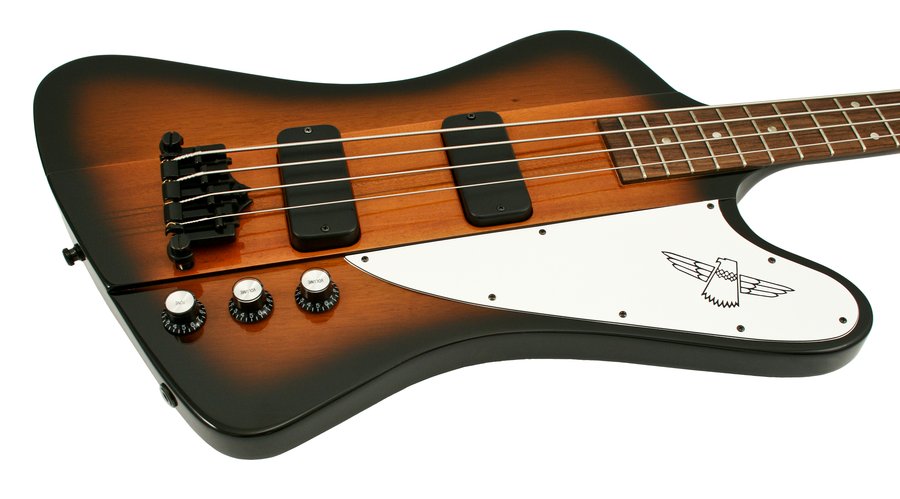

Gibson left for Nashville in 1984, and now former Gibson guitar builders make guitars the way they were made in their heyday under the name of Heritage guitars. Guitars had been built there since 1917, and almost all Gibson, and 1958-1969 Epiphones were produced here. Gibson produced guitars in Kalamazoo, Michigan, in several buildings, but primarily at a plant in Parsons Street. No two Gibson bass guitar models have the same features, and it really is worth having a look at some of the less-known Gibson bass guitars. There are some incredibly well made instruments that sell for way under their 'worth' as functioning musical instruments. 1981 Victory Standard (Candy Apple Red)Īnd though vintage basses can be expensive, vintage Gibson bass guitars generally don't sell for as high prices as vintage Gibson electric guitars, or vintage Fender basses.Duchossoir Flying V, Explorer, Firebird: An Odd-Shaped History of Gibson’s Weird Electric Guitars by Tony Bacon Gibson Guitars: Ted McCarty’s Golden Era 1948-1966 by Gil Hembree and Gibson Shipment Totals 1937-1979 by Larry Meiners. Sources for this article include Gibson Electrics: the Classic Years by A.R. The current value for one in excellent all-original condition is $7,500.
#1979 gibson thunderbird bass guitar plus
The original price for a standard sunburst version was $260 plus $56.50 for a case. The Thunderbirds were Gibson’s first 34” scale basses.A total of 501 Thunderbird IIs were shipped in 1964. The bird logo on the Thunderbird and Firebird models was based on Native American art, but the instrument’s sound came to be associated with classic British rock thanks to its adoption by John Entwistle. Beautiful laminated white pickguard with finger grip.” Large sturdy hand rests, double nickel-plated for long wear. Tune-o-matic bridge heavily nickel-plated and extra heavy built for rugged use.

New nickel-plated pickup with nickel silver covers. Exclusive new body shape-solid Honduras mahogany with high-polished sunburst finish. These were listed in the 1963 Gibson catalog as: “1.
#1979 gibson thunderbird bass guitar series
The 1964 Thunderbird II bass pictured has the original series specs used until 1965. With four in-line tuners and a beveled outline, the headstock of the Thunderbird was as distinctive as the rest of the bass- a departure for Gibson in 1963. The basses also had newly designed humbuckers using molds from earlier lap-steel pickups. Six in-line banjo tuners were used on the guitars, while four in-line standard tuners needed to be used on the basses. The guitar neck/body center consisted of two long pieces of mahogany glued together, but the heavier tension of bass strings called for a 9-ply laminate on the bass neck/body. The guitars and basses had a unique neck-through construction running all the way to the bottom strap button, with asymmetrical “wings” attached on either side. The series was made up of four guitars (the Firebird I, III, V, and VII) and two basses (the Thunderbird II and IV). The new Firebird line (a name suggested by Dietrich) was introduced in the spring of 1963. In addition to its daring new offset wing look, Gibson gave the T-bird new and powerful humbuckers, made from freshly designed molds from earlier lap-steel pickups. Dietrich agreed, and developed what became known as the Firebird series. McCarty was so inspired by Dietrich’s speech on design concepts that he asked him if he’d be interested in making a guitar. While at Chrysler, he was responsible for many classics, including the Airstream. Dietrich was known for drafting car bodies for Lincoln, Ford, Packard, and Duesenberg in the 1920s, and working for Chrysler in the ’30s. He happened to hear Ray Dietrich-a prominent car designer who had recently retired to Kalamazoo, where Gibson was based-give a lecture in town. The SG series in 1961 had helped sales, but McCarty wanted something even more exciting. In 1962, Gibson president Ted McCarty was searching for new guitar ideas to compete with his company’s main rival at the time, Fender.


 0 kommentar(er)
0 kommentar(er)
